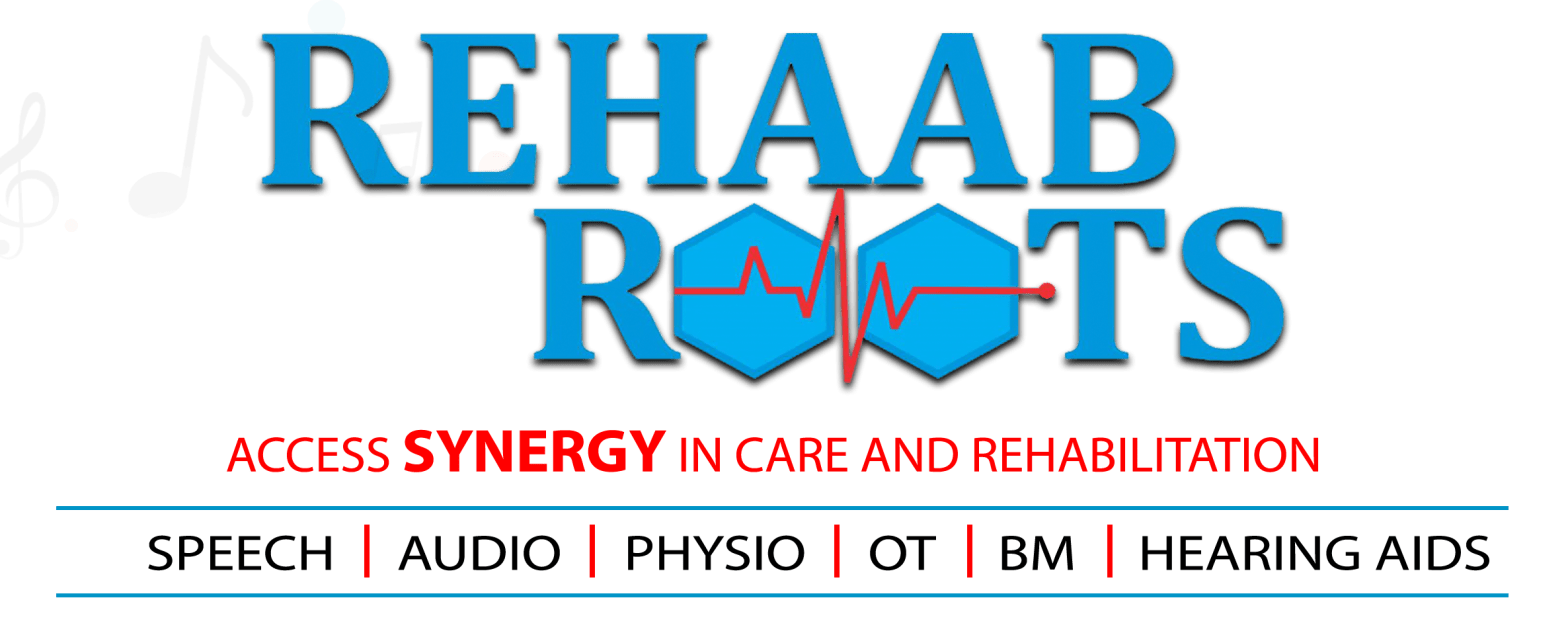Introduction
Musculoskeletal issues can affect anyone—from athletes to desk job workers. These problems, often involving bones, muscles, and joints, can lead to chronic pain, reduced mobility, and poor quality of life. Musculoskeletal physiotherapy is a targeted treatment approach designed to combat these challenges effectively. Whether you’re recovering from injury or managing long-term pain, understanding the impact of musculoskeletal changes and how physiotherapy can help is crucial for a healthier, more active life.
Recent Posts

Understanding Musculoskeletal Changes
What Are Musculoskeletal Changes?
Musculoskeletal changes refer to alterations in the structure and function of muscles, bones, joints, ligaments, and tendons. These changes may occur due to:
- Aging
- Injury or trauma
- Poor posture
- Sedentary lifestyle
- Repetitive strain or overuse
Common symptoms include stiffness, swelling, joint pain, muscle weakness, and decreased flexibility.
Causes of Musculoskeletal Disorders
- Arthritis
- Osteoporosis
- Back pain and spinal issues
- Sports injuries
- Workplace-related repetitive strain injuries
The Role of Musculoskeletal Physiotherapy
What is Musculoskeletal Physiotherapy?
It is a specialized branch of physical therapy focused on treating injuries and conditions affecting the musculoskeletal system. The aim is to reduce pain, restore movement, and prevent future injuries.
Key Techniques Used
- Manual therapy
- Stretching and strengthening exercises
- Postural correction
- Ultrasound and electrotherapy
- Mobilization and manipulation techniques
Benefits of Musculoskeletal Physiotherapy
- Pain relief without heavy reliance on medication
- Improved joint flexibility and range of motion
- Muscle strength improvement through guided exercises
- Enhanced posture and alignment
- Faster recovery from injuries
- Prevention of further damage or complications

Who Should Consider This Treatment?
Office workers with poor posture
Athletes with repetitive strain injuries
Seniors facing age-related musculoskeletal decline
People recovering from surgery or fractures
Individuals with chronic back, neck, or joint pain
FAQs Section
Arthritis, back pain, tendonitis, and sprains are some of the most commonly treated conditions.
Most patients experience improvements within 2–4 weeks, depending on the condition and consistency.
Some discomfort may occur during initial sessions, but physiotherapists work within your pain threshold.
Yes, most physiotherapists recommend personalized home exercise plans for continued recovery.
Absolutely. It helps improve mobility, balance, and strength in older adults.
Side effects are rare but may include temporary soreness or fatigue post-session.
In some cases, especially early stages, physiotherapy can delay or eliminate the need for surgery.
